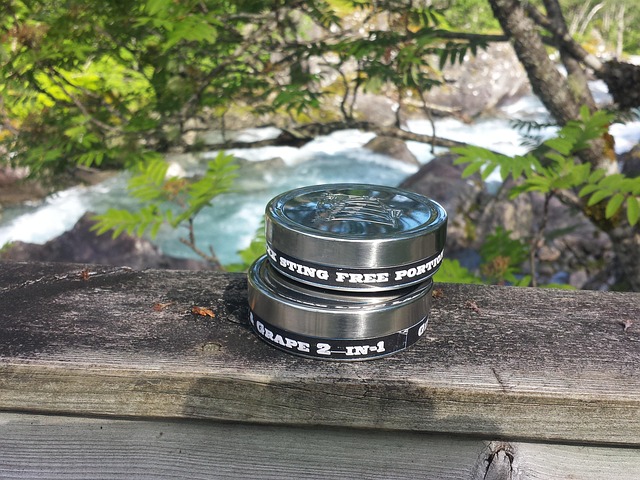In Texas, where flooding and leaks are common, understanding water mitigation and carpet restoration is crucial for homeowners. Water mitigation involves immediate containment, extraction, and drying to prevent mold and structural damage. Homeowners insurance typically covers sudden, accidental water events, but policy specifics vary; reviewing coverage and acting promptly is essential. After a flood, prioritize safety by shutting off power and removing standing water outdoors. Professional water mitigation services are recommended for severe cases, often covered by Texas homeowners insurance policies. Restoration companies specialize in repairing or replacing damaged carpets after thorough drying and sanitization.
In Texas, swift action is crucial after flooding to mitigate water damage and restore carpets. This comprehensive guide explores the process of wet carpet restoration, focusing on the role of water mitigation. Understanding how homeowners insurance covers water damage in TX is essential, as it can significantly impact restoration costs. From assessing the scope of damage to implementing advanced drying techniques, this article delves into the steps necessary for effective and efficient carpet restoration after a flood, including insights on whether your policy may cover these expenses.
- Understanding Water Mitigation and Carpet Restoration in Texas
- Homeowners Insurance Coverage for Water Damage in TX
- Steps Involved in Wet Carpet Restoration After a Flood
Understanding Water Mitigation and Carpet Restoration in Texas

In Texas, understanding water mitigation and carpet restoration is paramount for homeowners facing flooding or leaks. Water mitigation refers to the immediate steps taken to minimize damage from water intrusion, focusing on containment, extraction, and drying to prevent mold growth and structural decay. Carpet restoration, a specialized service, involves repairing or replacing damaged carpets, ensuring they are thoroughly dried and sanitized. The process includes removing soaked carpeting, padding, and addressing any subfloor moisture issues before replacement.
One crucial question homeowners in Texas often ask is, “Does homeowners insurance cover water mitigation?” Many policies do include coverage for water damage restoration, but the specifics vary greatly. Homeowners should carefully review their policy to understand what’s covered and what’s not. In cases of flooding, which isn’t always included in standard policies, separate flood insurance may be necessary. Prompt action is vital; quick mitigation can save thousands by preventing long-term damage and ensuring a faster recovery with minimal interruption to daily life.
Homeowners Insurance Coverage for Water Damage in TX

In the event of a plumbing spill or flood, Texas homeowners often wonder: does homeowners insurance cover water mitigation? The answer is typically yes, but it depends on various factors. Most standard home insurance policies include coverage for sudden and accidental water damage, such as pipe bursts, leaky roofs, or flooding from storms. This coverage can help with the cost of water extraction, drying out affected areas, and even replacement of damaged belongings.
However, it’s crucial to understand the specifics of your policy. Some policies may have limitations on the amount covered, exclusion clauses for certain types of damage, or require specific actions be taken promptly after discovery of the leak to avoid complications. Reviewing your policy document or contacting your insurance provider is a wise step to confirm what’s included in your water mitigation coverage and ensure you’re adequately protected against potential water-related losses in Texas.
Steps Involved in Wet Carpet Restoration After a Flood

After a flood, wet carpet restoration involves a series of steps to ensure thorough drying and effective cleaning. The process begins with immediate action: turn off the electricity at the main circuit breaker for safety, and if possible, stop the water source to prevent further damage. Next, remove as much standing water as you can using buckets or mops, being careful not to spread contamination or mold growth by wringing out the water outside.
For severe cases where extensive flooding has occurred, professional water mitigation services may be necessary. Does homeowners insurance cover water mitigation in Texas? Yes, many policies include coverage for such incidents, but it’s crucial to review your specific policy and understand the terms. Professional restoration companies use advanced equipment like dehumidifiers and air movers to accelerate drying, control moisture levels, and prevent mold growth. They also employ specialized cleaning techniques tailored to the type of carpeting and the extent of water damage, ensuring a thorough restoration process.
In conclusion, understanding water mitigation and carpet restoration processes is crucial for Texas residents facing flood damage. Knowing that homeowners insurance often covers water mitigation expenses in Texas provides peace of mind during challenging times. By following the outlined steps after a flood, from immediate evacuation to thorough drying and cleaning, you can ensure your property’s optimal recovery, including your carpets’ restoration to their pre-loss condition.
